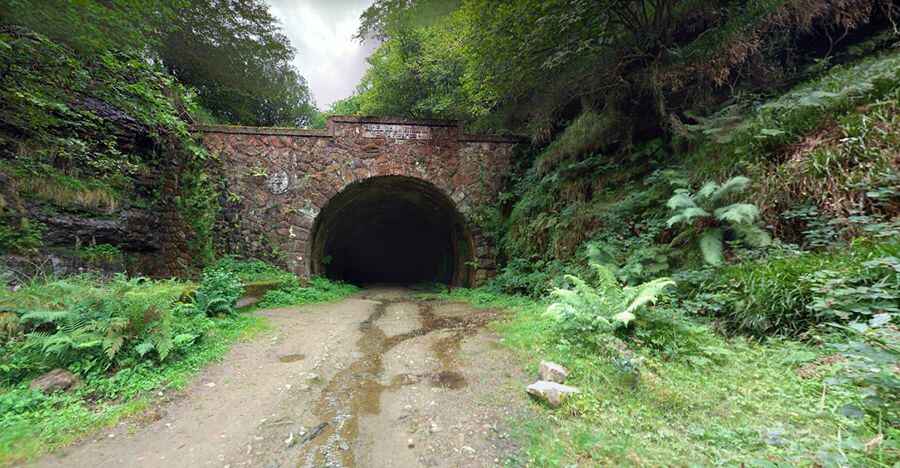The collapsed Engaña Tunnel: a real deathly risk
Túnel de la Engaña is a never-completed railway tunnel with a length of 6.9km (4.28 miles), located in the northern part of Spain. The tunnel was intended to connect the provinces of Burgos and Santander. After the collapse of some parts of the structure in 1999 and 2005, access to the tunnel is extremely dangerous

Engaña Tunnel: A History of Unfinished Ambitions
The tunnel, without any light, is in dreadful condition and requires strong nerves to negotiate. It was part of the proposed Santander-Mediterranean railway line. The construction lasted for over seventeen years, from 1941 to 1959, employing hundreds of workers, including Republican prisoners during the first years. At the time of its construction, it was the longest railway tunnel in Spain, but was never completed as the rails were never laid.
Engaña Tunnel: The Treacherous Path Through the Cantabrian Mountains
Located in the Cantabrian Mountains, between the towns of Vega de Pas (in Cantabria) and Pedrosa de Valdeporres (in Burgos), the path through the tunnel is certainly breathtaking. In 1985, the Spanish government decided to close a section, and any possibility of using the tunnel for a railway was ruled out. There were requests by residents of the area to adapt the structure for use as a road tunnel. In 2001, the Ministry of Public Works and Transport commissioned a feasibility study to build a road, but technicians advised against it.
Engaña Tunnel: Perils and Remnants - The Present State
For years, the tunnel was used by residents of the area, herders, recreational off-roaders, and truck drivers who found the mountain passes snowbound during part of the winter. The southern entrance was walled up, and sections of the structure collapsed in 1999 and 2005, making it impassable for vehicles due to ceiling debris. Travel through the tunnel on foot is extremely dangerous, as there are ceiling-high piles of debris, some sections remaining flooded, and concerns about the risk of further landslides.
Pic: Emilio Gómez Fernández